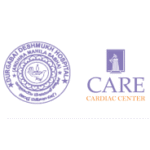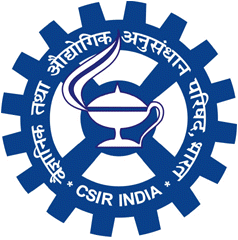Treatments Focus
Cancer Risk Assessment for Liver Cancer

When the cells anywhere in your liver are found to have grown in an abnormal manner, it is called liver cancer.
It is the largest internal organ of the body. It performs several critical functions to help your body. It regulates most chemicals levels in the blood and excretes a product called bile. This carries away waste outputs from the liver. All the blood leaving the stomach and intestines passes through the liver.
Liver cancer is categorized as primary liver cancer – cancer that primarily starts from the liver; and secondary, if the cancer starts somewhere else and spreads to your liver.
According to the available statistics, primary liver cancer incidence rate with accordance to gender and age in India are estimated to be 4:1 ratio (male:female). The age presentation varies from 40 to 70 years. However, liver cancer can develop at any age in children as well as in adults.
Recent genome advancements have made it possible for prediction of liver cancers and understanding the risk percentage of liver cancer by analysing individual’s gene make up and family history.
Different Types of Liver Cancer
There are more than one kind of primary liver cancer. They are as listed below:
- Hepatocellular carcinoma (HCC) – The most common type of cancer developed in adults.
- Intrahepatic cholangiocarcinoma (bile duct cancer)
- Angiosarcoma and hemangiosarcoma
- Hepatoblastoma
- Hemangioma
- Hepatic adenoma
- Focal nodular hyperplasia
Risk factors of Liver Cancer
Some individuals are at more risk of developing liver cancer than most. Here is a list of risk factors that influence your chance of developing liver cancer:
- Age (mostly seen in people older than 60)
- Gender (more likely in men than women)
- Chronic viral hepatitis: Long-term infection with hepatitis B virus (HBV) or hepatitis C virus (HCV)
- Cirrhosis: A late-stage liver disease where healthy liver tissue is damaged and replaced by scar tissue
- Non-alcoholic fatty liver disease
- Obesity
- Excessive alcohol consumption
- Tobacco usage
- Type 2 diabetes
- Environmental factors: Exposure to certain chemicals such as aflatoxin.
- Family history of liver cancer
- Inherited metabolic disease: Example – hereditary hemochromatosis can lead to cirrhosis
Common genes responsible for Liver Cancer
Some of the commonly associated genes with liver cancer are listed below:
- HCCS gene
- TP53 gene
- CTNNB1 gene
- MET gene
- AXIN1 gene
- CDKN2A gene
Assessment of Liver Cancer Risk
Assessment of cancer risk for liver cancer for those with high risk factors as mentioned above. Some of the tests an individual can take to know the possibility of cancer are:
- Detailed family history of liver and other cancers
- Personal history
- Screening options include: A combination of blood test called serum alpha fetoprotein (AFP) and liver ultrasound
- Relevant genetic testing for chromosomal abnormalities
- Other imaging tests include: computed tomography (CT or CAT) scan, or magnetic resonance imaging (MRI)
Dizziness or lightheadedness, or unsteadiness
Nausea
Vomiting
Headache
FAQ's :
References:
- What is Liver Cancer? https://www.cancer.org/cancer/liver-cancer/about/what-is-liver-cancer.html Accessed on 04-06-2022
- Liver Cancer. Mayo Clinic. https://www.mayoclinic.org/diseases-conditions/liver-cancer/symptoms-causes/syc-20353659 Accessed on 04-06-2022
- Liver Cancer Risk Factors. American Cancer Society. https://www.cancer.org/cancer/liver-cancer/causes-risks-prevention/risk-factors.html Accessed on 04-06-2022
- Liver Cancer: Risk Factors and Prevention. Cancer. Net. https://www.cancer.net/cancer-types/liver-cancer/risk-factors-and-prevention Accessed on 04-06-2022
- Family History of Liver Cancer. Hepatitis B Foundation. https://www.hepb.org/research-and-programs/liver/risk-factors-for-liver-cancer/family-history-of-liver-cancer/ Accessed on 04-06-2022
Related Articles
Book an Appointment to understand how GenepoweRx can help you in treating
Cancer Risk Assessment for Liver Cancer
Meet The Doctors
Dr Kalyan Uppaluri
Dr Hima Challa
Your genetics … Your Test ... Your Health Success
It’s always the word of mouth that’s the best advice. Here are some of our…


Our Partners






Professional Partnerships
Government Association

